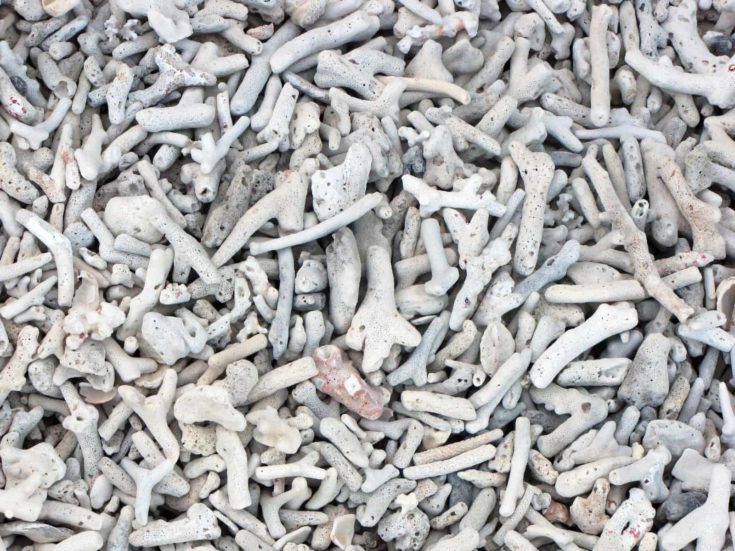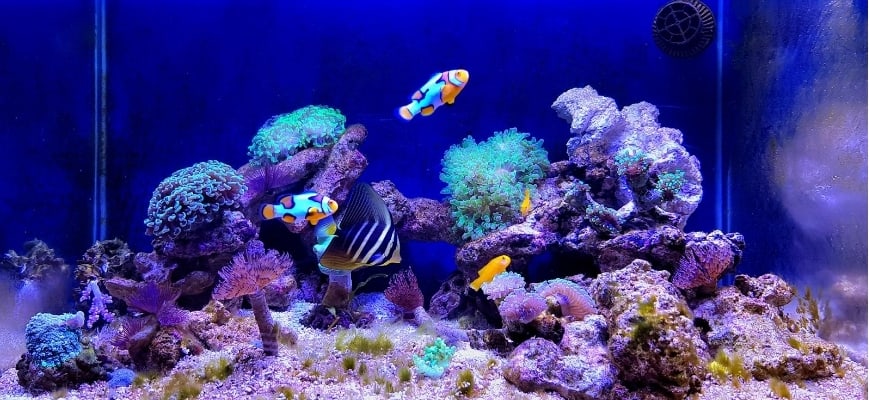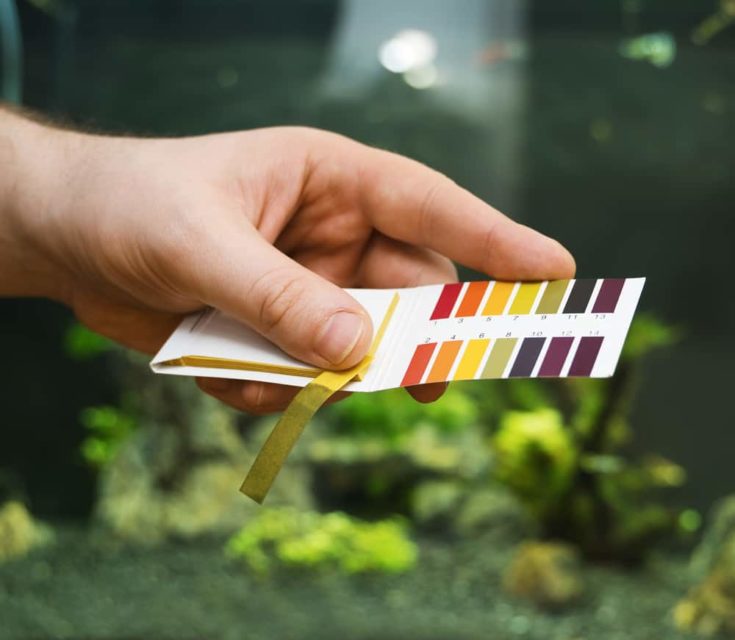Have you ever looked at a gorgeous piece of coral and wondered if you could place it in your freshwater tank? Known for their unique shapes and ability to provide cover for different species of fish, corals can seem like a great addition to your freshwater aquarium.
Unfortunately, appearances can be deceiving. While a piece of coral can appear like a harmless, eye-catching piece of tank decor, the truth is a lot more complex and unexpected than it would appear. Today, we take a look at whether or not you can actually put corals in a freshwater tank!
What Happens When You Add Dead Corals To A Freshwater Tank?

Water hardness is measured by the amount of calcium and magnesium ions found in the water. When corals are added to a freshwater tank, the hardness levels of water increases.
Coral is made up of calcium carbonate, CaCO₃, which is the same compound found in seashells, pearls and carbonate rock. When coral comes into contact with water, it forms calcium bicarbonate, which exists as calcium ions, (Ca2+), bicarbonate ions (HCO − 3), and carbonate ions (CO 2− 3) in freshwater.
The calcium ions that are produced as a result of corals dissolving are what causes freshwater to turn hard when corals are added to fish tanks.
Should You Add Corals To a Freshwater Tank?
In general, it is not a good idea to add dead reef coral to a fresh water aquarium. Very few fresh water fish can survive in the hard conditions created by dead coral, and even those that prefer harder water will benefit from stable water parameters – which dissolving corals cannot provide.
Every piece of coral will react differently to the conditions in your tank, so it is best to steer clear of corals altogether. Hyper-reactive bits of coral may produce dangerous levels of calcium ions, creating unbalanced water chemistries.
Consequences Of Adding Corals To Freshwater Tanks

Many hobbyists attempt to add corals to their freshwater tanks, though conventional wisdom strongly cautions against it. While adding corals can be safe under very specific contexts, they lead to undesirable consequences more often than not. Here are three negative implications to take note of:
Unstable Water Parameters
In general, fish are able to thrive as long as their water chemistry requirements are met – this includes water hardness and pH levels. However, there is one caveat to this rule: All changes in water parameters should take place gradually, even if the fluctuations happen within your fish’s preferred pH and hardness ranges.
Changes that are too drastic can prove fatal for your fish, which is why adding dead corals to your tank is a bad idea. When adding an entire piece of coral to the tank, you have no means of controlling the degree to which pH and hardness levels change, running the risk of differences that are too drastic for your fish to handle.
While some aquarists do add crushed coral to raise the pH of acidic water, this is done so in a controlled, gradual manner.
Dangerous Levels of Ammonia and Nitrites

While adding dead reef corals can cause unstable pH and water hardness, adding live corals to your tank may cause dangerous spikes in ammonia and nitrite levels. This is because live corals are unable to survive in your tank and will gradually die and decompose.
Decomposing bacteria release ammonia while they feed on dying corals, which in turn spikes nitrite levels and harms your fish. Even the slightest increase in ammonia and nitrites can be toxic to your fish and oftentimes fatal.
For some tips on how to lower ammonia and nitrite levels in your tank using plants, check out this article!
Stressed-Out Fish
Both dead and live corals will cause stress to your fish by creating unstable and sometimes toxic water parameters. Stressed out fish suffer from a compromised immune system, making them more susceptible to illnesses caused by parasites, viruses, and bacteria in the tank. This makes stress an indirect cause of death for many fish.
If you are decided on taking care of live corals and other pieces of the ocean, then the best option is to go with a reef tank or a salt-water tank.
FAQs
Can You Add Live Corals To Freshwater Tanks?
Absolutely not! Live corals make stunning additions to marine tanks, cannot survive in freshwater and will gradually die off when placed in this environment. To make things worse, the corals will pollute your aquarium as they die, releasing ammonia and nitrates that can be harmful to your fish.
Is It Ever Appropriate To Add Corals To Freshwater Tanks?
Yes, many aquarists add crushed coral to their freshwater aquariums when the water is too soft or acidic. The calcium ions released when corals dissolved raise the hardness of water, while the bicarbonate ions can make raise the pH of water and make it less acidic.
To add crushed coral to your tank, simply add a handful to the base of your aquarium or its filter, and wait a few hours before testing your water’s pH and TDS levels. We’ve also written a handy guide on how to raise and lower pH values in your aquarium for those of you who’d like to learn more!
What Types Of Fish Prefer Hard Water?
Most types of cichlids do well in hard water, along with livebearers such as guppies and mollies. In addition, other underwater creatures such as Malaysian trumpet snails also thrive in hard water conditions.
When caring for these animals, it is sometimes acceptable to add small bits of crushed coral to your tank to keep water hardness stable. However, always remember to go slow and gradual to prevent any sudden spikes in pH or TDS levels!
Conclusion
Under most circumstances, it is most definitely a bad idea to put corals in a freshwater tank as it would place undue stress on your fish. The one exception applies if you have a pet that thrives in hard water – even then, you need to add crushed corals in small, conservative amounts to allow for a gradual increase in water hardness and pH.
We hope this article answered all your questions about whether or not you can add crushed corals to a freshwater tank! If you found it helpful, do share it with someone else who might appreciate this article. Let us know in the comments if we missed anything, or if you have a question you’d like us to address!
See also: 5 Best Places to Buy Coral Online

This article really did help me a lot in our new hobby esp when it comes to planning on what decor we should put in our tank to keep our freshwater fish safe. Thank you for this very informative article..😊 -Ging, from Philippines
I have dead coral in my freshwater Mbuna tank, and my fish are thriving. They love the aquascape I made out of it too. They haven’t had any trouble with it, my ph has been a stable 8.2 (which they like), and it is beautiful. I would not add it to tanks that need to be lower in ph.